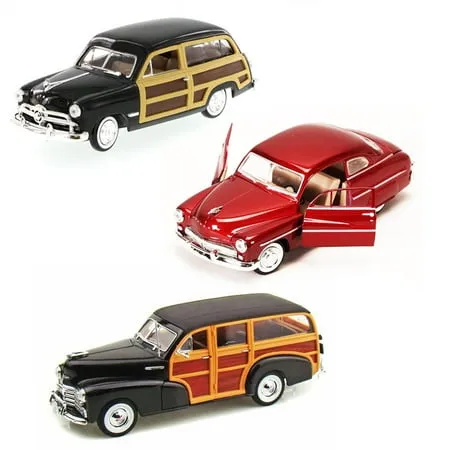What are 1940s Diecast Model Cars?
1940s diecast model cars represent a fascinating intersection of history, manufacturing, and collecting. These miniature vehicles, typically made from a metal alloy, were popular toys and collectibles during and after World War II. The era saw significant advancements in manufacturing techniques, leading to more detailed and durable models. These cars were not just toys; they reflected the automotive designs of the time, offering a glimpse into the evolving aesthetic and technological capabilities of the automobile industry. Their production involved intricate processes, and they were often painted with vibrant colors and adorned with realistic details, making them highly sought after by collectors today. These models offer more than just aesthetic appeal they are tangible pieces of history.
The Materials Used in 1940s Diecast Cars
The primary material used in the creation of 1940s diecast model cars was a metal alloy, most commonly zinc alloy. This choice was driven by its ability to be cast into intricate shapes and its relatively low melting point, which facilitated easier manufacturing processes. The metal was frequently mixed with other elements to enhance its properties, like durability and corrosion resistance. The exact composition of the alloy varied among manufacturers, but zinc was almost always a key component. The manufacturing process involved injecting molten metal into molds, a technique that allowed for mass production and detailed replicas of real-life vehicles, including the curves, and edges of these early automotive marvels.
Zinc Alloy Composition
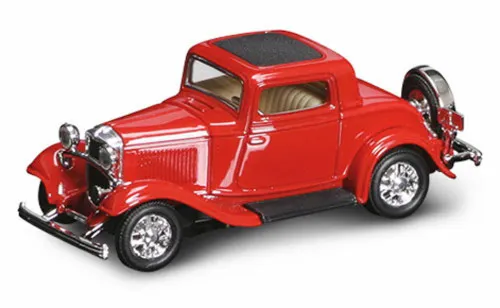
Zinc alloys were pivotal in diecast model car production during the 1940s. These alloys provided a good balance of strength, casting ease, and cost-effectiveness, making them ideal for mass production. Typically, the composition would include a significant percentage of zinc, alongside other metals like aluminum, magnesium, and copper. Aluminum improved the alloy’s strength and corrosion resistance, while magnesium aided in reducing porosity, enhancing the model’s finish. Copper was sometimes included to increase hardness. The precise ratios varied based on the manufacturer’s specific formulations, but zinc was always the foundation, allowing for intricate designs without compromising structural integrity.
Lead and Other Metals
While zinc was the primary component, some 1940s diecast model cars also contained other metals, including lead. Lead was occasionally used to improve the alloy’s flow during casting and enhance its density. However, the presence of lead is a concern today, as it poses health risks, and collectors should handle vintage models with care and ensure proper ventilation. Other metals, such as tin and antimony, might also have been used in minor quantities to modify properties like melting point and durability. The specific metal content differed among manufacturers, reflecting their access to raw materials and their understanding of material science at the time. These metals are the reason these cars are so heavy and also the reason for their longevity.
The Popularity of Diecast in the 1940s
The 1940s marked a significant period for the rise in popularity of diecast model cars. Several factors contributed to this growing interest. The manufacturing processes became more sophisticated, allowing for intricate detailing and realistic replicas of automobiles. As a result, these cars became more than just toys; they became collectibles and symbols of aspiration. The post-war era saw a surge in consumerism, and diecast models became a popular purchase for children and adults alike. These models provided a way for people to interact with and admire the advancements in automotive design and technology. These models were a way to dream about the future.
Influence of Post-War Prosperity
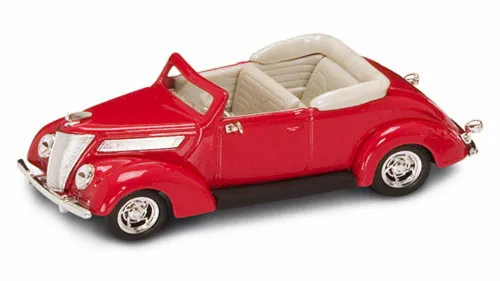
The post-World War II era saw a significant increase in consumer spending and a general feeling of optimism. This economic prosperity fueled the demand for toys and collectibles, including diecast model cars. With more disposable income, families were eager to purchase these detailed and well-crafted miniatures. The models represented the future, as new car designs embodied the changing tastes and technologies of the time. Manufacturers capitalized on this, producing models that mirrored the latest car designs, contributing to their allure. The post-war boom not only increased sales but also transformed the way these toys were perceived. They became more than just playthings; they were symbols of progress and affluence.
The Role of Toys During Wartime
Even during the war, the production of toys continued, though often under different circumstances. The war effort influenced the types of toys produced, with some manufacturers creating models of military vehicles and aircraft. These toys served as a means of education and provided children with a way to connect with the realities of the war. Materials might have been limited, and production was often streamlined, but toys remained an essential part of childhood. Diecast models, with their durability and detailed designs, continued to be a popular choice. After the war, with the resumption of peacetime, the focus shifted back to civilian vehicles. These toys were a way to dream of a better future.
Key Manufacturers of the 1940s Diecast Cars
Several key manufacturers played a significant role in the production of diecast model cars during the 1940s. These companies shaped the industry, influencing design trends, and setting standards for quality and detail. Their commitment to excellence not only made their products desirable during the time but also contributed to their value as collectibles today. These manufacturers innovated with materials, production techniques, and marketing, helping make diecast models a staple of childhood. Each brand has its own history, design, and collector community.
Dinky Toys
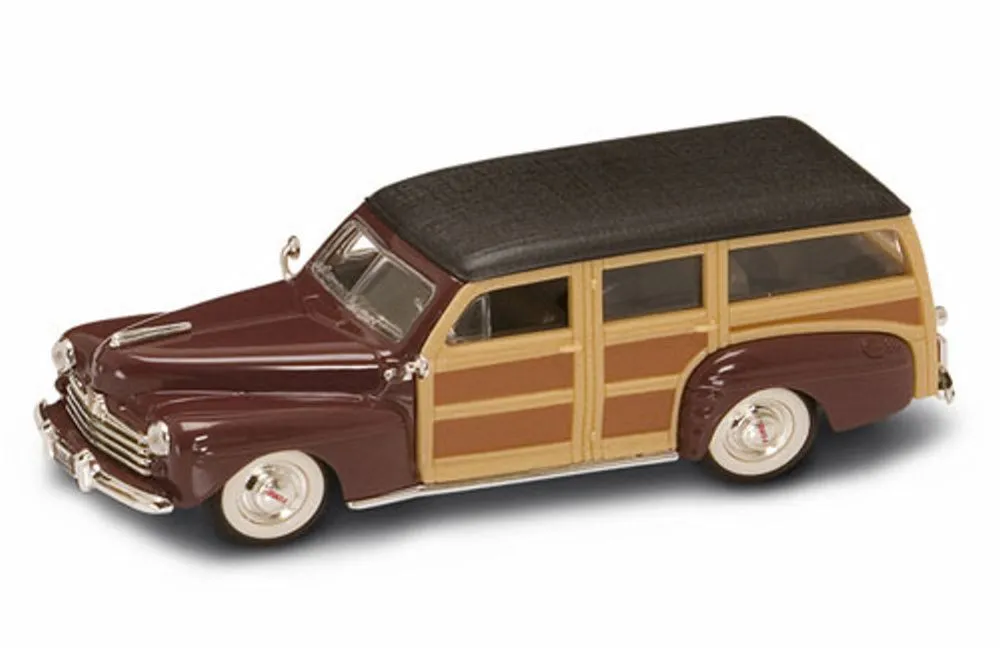
Dinky Toys, produced by British company Meccano Ltd., was a leader in the diecast model car market. Known for their high level of detail and accurate representations of real-world vehicles, Dinky Toys set a standard for the industry. Their models ranged from cars and trucks to buses and military vehicles. The company’s commitment to quality and innovation allowed them to create highly detailed and durable models, making them highly sought after by collectors. Dinky Toys’ influence can be seen in the design and production of numerous other diecast model car brands. Their models are still collected today, and each car is valuable and desirable.
Other Manufacturers and Brands
Other notable manufacturers also contributed to the popularity of 1940s diecast model cars. Companies from different countries, such as France and the United States, created a variety of models. Each brand offered its unique designs and characteristics. These manufacturers often competed to create the most detailed and realistic models. Their diverse offerings allowed for a broad range of choices, reflecting the different automotive designs and cultural preferences of the time. These brands and models are also valuable in today’s market.
Factors that Determine Value of Diecast Cars
Several factors determine the value of 1940s diecast model cars. These factors can significantly influence the price a collector is willing to pay. Understanding these elements is crucial for collectors and anyone interested in buying or selling these vintage toys. These factors include the condition of the model, the rarity of the model, and whether or not the original packaging is included. These factors contribute to the overall value and desirability of the model car.
Condition of the Model
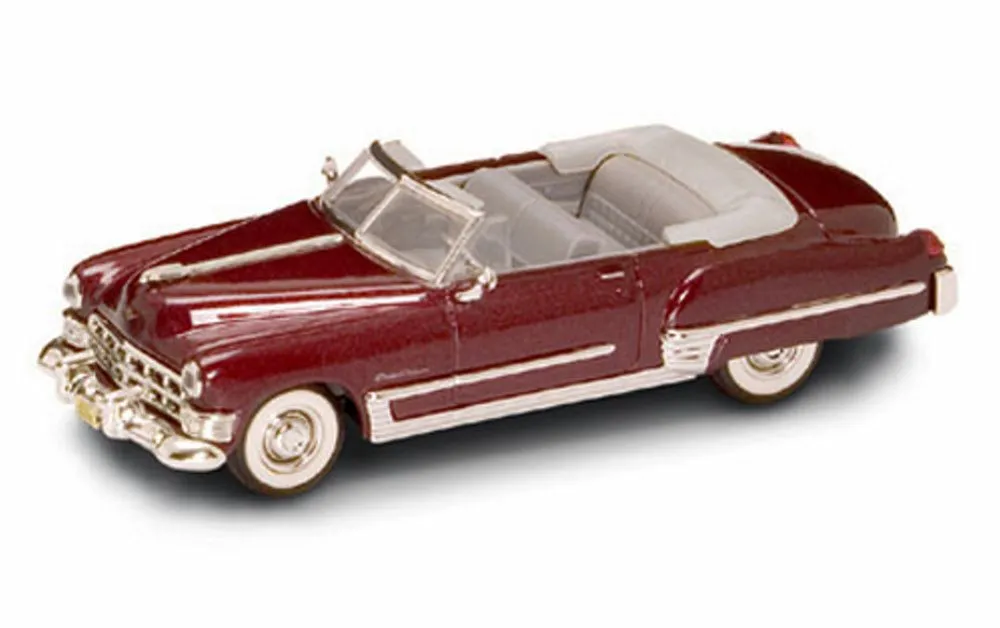
The condition of a diecast model car is one of the most critical factors in determining its value. Models in excellent condition, with minimal wear and tear, command the highest prices. Collectors highly value cars that have been well-preserved over the years, with no signs of rust, dents, or paint loss. The presence of original paint and decals significantly enhances a model’s value, as these details contribute to its authenticity and appeal. The level of detail, like the presence of original wheels and other accessories, also impacts a car’s value, as these features reflect its originality and careful maintenance. The better the condition, the higher the price.
Rarity of the Model
Rarity plays a significant role in determining the value of 1940s diecast model cars. Models that were produced in limited quantities, or those that were only available in specific regions, are generally more valuable. Rare models often have unique features, such as specific paint colors, variations in design, or special markings. These details make them highly desirable for collectors, willing to pay a premium to own them. Models that were prototypes or those that were made for a short time, are often among the most valuable in any collection. The rarer the model, the greater the demand, and the higher the price it is likely to command in the market.
Original Packaging
The presence of original packaging can significantly increase the value of a 1940s diecast model car. Collectors highly prize models that come with their original boxes, as the packaging adds to the model’s authenticity and historical context. The boxes often feature original artwork, descriptions of the model, and details about the manufacturer. Packaging in excellent condition further enhances the value. The packaging provides valuable insight into the history of the model and offers additional information on its manufacture and design. The better the condition of the box, the higher the market value of the model.
Collecting 1940s Diecast Model Cars
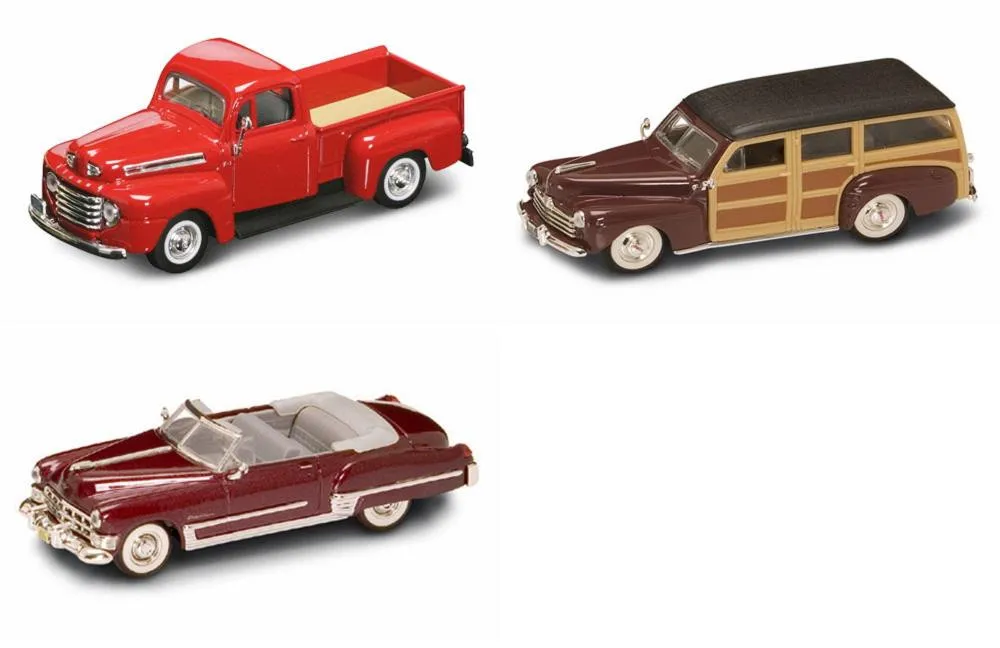
Collecting 1940s diecast model cars offers a rewarding hobby for anyone interested in history, design, and craftsmanship. Collecting these models offers not just a hobby but also a connection to a different era. The search for models, the research into their origins, and the enjoyment of their details create a fulfilling experience. Collectors range from casual enthusiasts to serious experts, all united by their passion for these historical artifacts.
Where to Find These Cars
Finding 1940s diecast model cars involves exploring various avenues. Antique stores, vintage toy shops, and flea markets are excellent places to begin. Online auction sites and specialty forums provide access to a wide selection of models, often from private collections. Local car shows, swap meets, and collector events are great places to find models and also meet other collectors. Building relationships with dealers and other collectors can lead to acquiring rare pieces. Researching and networking helps in finding the best deals and unique models.
How to Protect and Preserve Your Models
Preserving 1940s diecast model cars requires proper care and attention. Storing them in a controlled environment, away from direct sunlight, extreme temperatures, and high humidity, helps prevent damage. Displaying them in a glass case or a display case helps protect them from dust and accidental damage. Regularly dusting the models with a soft brush or cloth, and avoiding the use of harsh cleaning products, is essential. Handling them with clean hands helps prevent oil transfer. Keeping the original packaging in good condition increases the value of the models. Proper preservation ensures the models can be enjoyed for many years to come.
